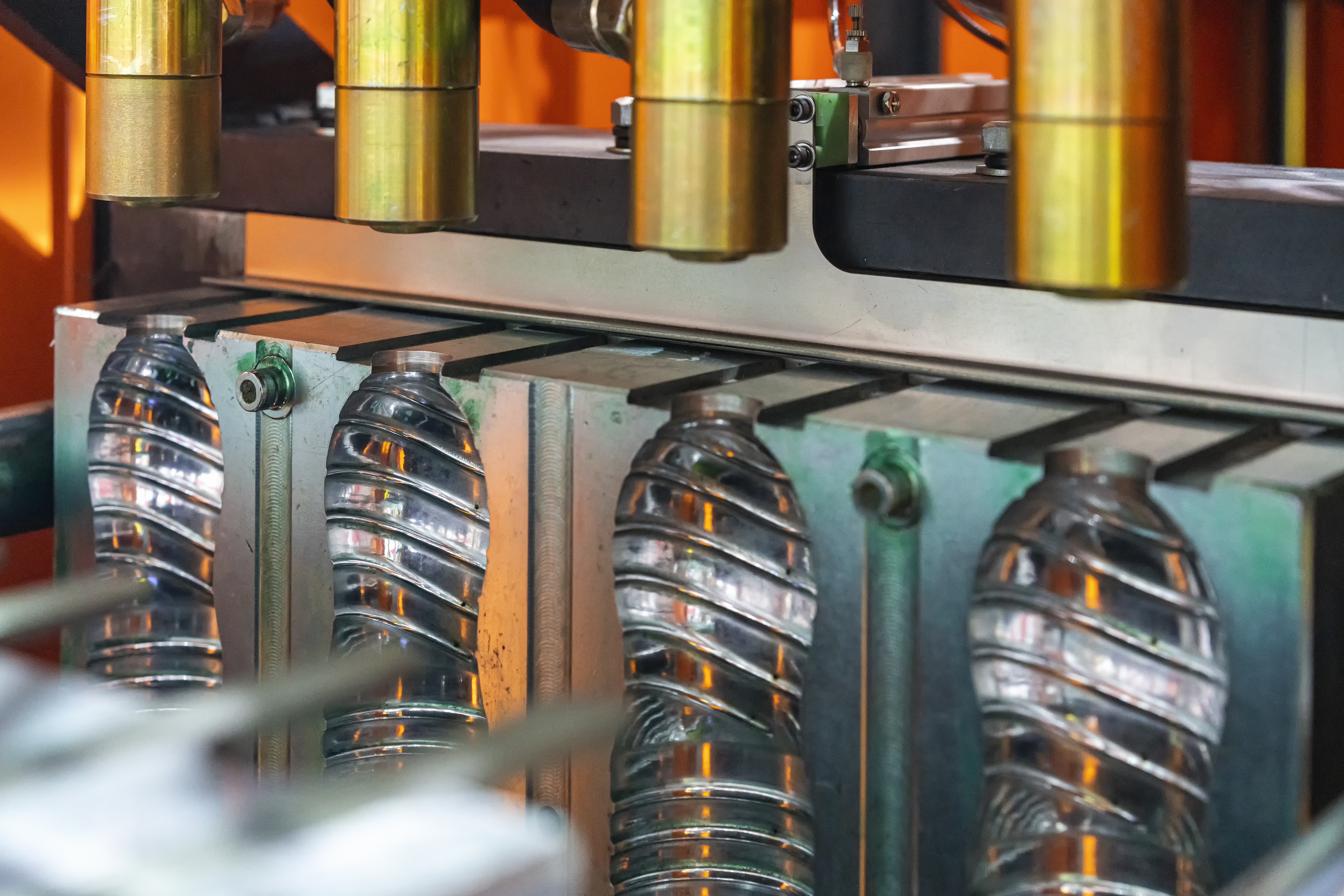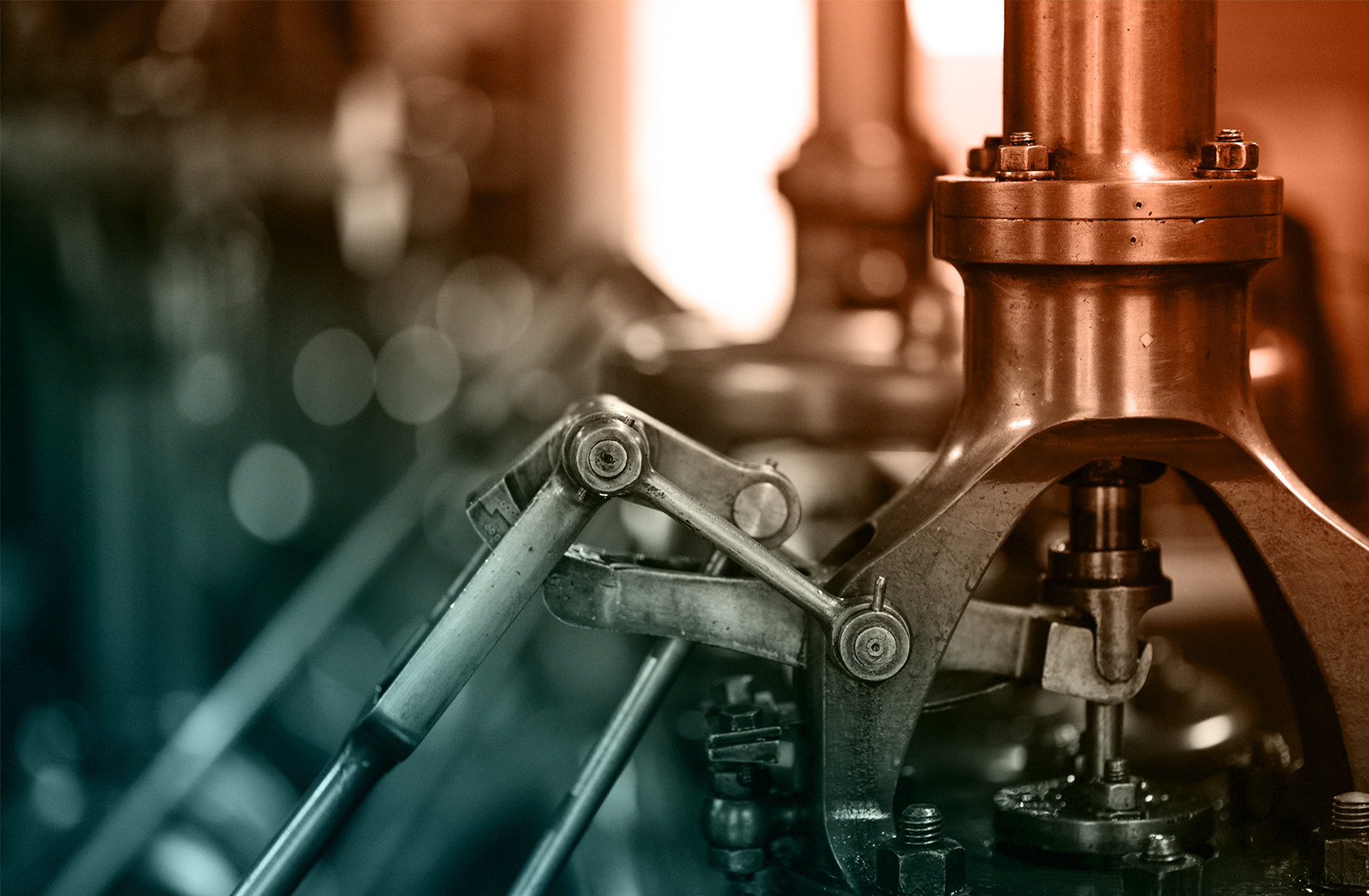
Overmolding
Overmolding is a specialized manufacturing process that involves molding one material, typically a soft or elastomeric material, over another rigid substrate to create a single integrated component. This technique provides enhanced functionality, improved grip, and increased durability. In this web page, we will explore the different types of overmolding, their advantages and disadvantages, and the diverse industrial applications. Additionally, we'll provide a list of materials commonly used in overmolding manufacturing. Custom Overmolded parts available now!
Check with one of Canyon’s helpful product engineers for an expert material and manufacturing recommendation.
Common terminology includes: Two-shot overmolding, insert overmolding, multi-material overmolding, soft touch overmolding, TPE overmolding, plastic over rubber overmolding, co-injection overmolding, gas-assist overmolding, silicone overmolding, metal insert overmolding.

Advantages
- Enhanced Functionality: Combines the properties of multiple materials in a single part.
- Improved Grip and Ergonomics: Soft-touch surfaces improve user comfort.
- Reduced Assembly: Eliminates the need for secondary assembly processes.
- Enhanced Aesthetics: Offers opportunities for branding and customization.
- Durability: Increases the lifespan and reliability of components.
Disadvantages
- Complex Setup: Overmolding requires precise control of material placement.
- Material Compatibility: Compatibility between substrate and overmolded material is crucial.
- Cost: Equipment and tooling costs can be higher compared to standard molding.
Common Applications of Overmolding
- Automotive: Creating soft-touch interior components, handles, and gaskets.
- Medical: Manufacturing biocompatible and ergonomic medical device components.
- Consumer Electronics: Designing protective and customizable device housings.
- Industrial Equipment: Producing grips, handles, and vibration-resistant components.
- Household Goods: Fabricating ergonomic tool handles and kitchen utensils.
Please consult a Canyon Components Engineer about your specific application and we will use our decades of experience to formulate a solution that fits your need.
Types of Overmolding
Overmolding can be performed in a number of ways depending on the composition and intended use of the final product. Some variations available for Overmolding include the following.
Canyon Components strives to meet all customer service requests. Feel free to contact Canyon Components engineering and let our knowledgeable staff help you design the perfect part for your needs.

Two-shot Overmolding
Involves molding two different materials in the same mold during two separate phases. It's efficient for mass production and provides strong bond between materials. However, it requires complex and costly machinery, making it less economical for small runs.
Insert Overmolding
Involves molding plastic around a pre-placed insert, often metal. Ideal for creating composite components with enhanced functionality. The advantage is the strong bond between different materials. However, it requires precise insert placement and is not suitable for very high-temperature applications.
Multi-material Overmolding
Allows the combination of multiple types of plastics in one component. It offers design flexibility and functionality, such as combining rigid and flexible plastics. The downside is the need for specialized equipment and potential compatibility issues between materials.
Soft Touch Overmolding
Adds a soft, tactile layer, often TPE, over a rigid substrate. Common in consumer electronics for ergonomic benefits. The advantage is improved grip and aesthetics. However, material selection is crucial to ensure proper bonding, and the process adds to the overall manufacturing time.
TPE Overmolding
Involves overmolding thermoplastic elastomers for a flexible, rubber-like finish. Great for seals, grips, and soft-touch parts. It provides flexibility and comfort but requires careful consideration of material compatibility and can increase the complexity of the molding process.
Plastic Over Rubber Overmolding
A process where plastic is molded over a rubber substrate. This is used in applications requiring a rigid component with a soft, flexible surface. Advantages include enhanced functionality and aesthetics. The challenge lies in ensuring a strong bond between significantly different materials, with potential issues in adhesion and material degradation.
Please consult a Canyon Components Engineer about your specific application and we will use our decades of experience to formulate a solution that fits your need.
Request a Quote for Overmolded Parts

Overmolding Materials Available
Overmolding can be performed in a number of ways depending on the composition and intended use of the final product. Some common materials available for Overmolding include the following.
Each of these materials has its own advantages, limitations, and cost implications. The choice of material and manufacturing technique usually depends on factors like the complexity of the design, required precision, material properties, and production volume.
Canyon Components strives to meet all customer service requests. Feel free to contact Canyon Components engineering and let our knowledgeable staff help you design the perfect part for your needs.

Elastomers
Elastomers (also referred to as rubber) are a class of materials known for their unique ability to stretch, deform, and return to their original shape, making them essential in a wide range of applications.
Perfluoroelastomers (FFKM, Kalrez, CanRez)
Extreme temperatures & chemicals require extreme solutions! CanRez™ FFKM materials offer extreme reliability where you need it most! Thousands of sizes in stock now!
Silicone (VMQ, PVMQ)
Silicone seals, O-rings, gaskets, & custom molded parts are excellent for extreme temperatures in static applications. Canyon Components carries a range of silicone materials, and we are happy to custom tailor a seal to meet your application requirements!
Polyurethane (PU, AU)
Polyurethane O-rings, gaskets, & custom molded parts generally have two or three times greater tensile strength and wear resistance than Nitrile and comparable polymers. Polyurethane also provides excellent permeation resistance when compared to most rubbers.
FKM (Viton®, Fluorocarbon)
FKM compounds, O-rings, gaskets, & custom molded parts exhibit excellent mechanical attributes as well as excellent resistance to high temperatures, mineral oil, ozone, fuels, hydraulic fluids, and many other solvents and chemicals.
Plastics
Plastics are a broad class of synthetic or semi-synthetic materials known for their versatility and moldability. They are crucial in numerous applications due to their ability to be shaped, lightweight nature, and resistance to chemicals and moisture.
Nylon (Polyamide, PA)
Nylon, a synthetic thermoplastic polymer, is renowned for its high strength, elasticity, and abrasion resistance. It's versatile, easily dyeable, and used in a wide range of products from textiles and ropes to gears and automotive parts.
PMMA (Polymethyl Methacrylate)
Polymethyl Methacrylate (PMMA) Plastic, commonly known as acrylic or Plexiglas, is a transparent thermoplastic with glass-like clarity and excellent light transmission. It's durable, shatter-resistant, and used in applications like lenses, aquariums, signage, and various architectural features due to its weather-resistant properties.
PC (Polycarbonate)
Polycarbonate (PC) Plastic is a tough, transparent thermoplastic with exceptional impact resistance, heat tolerance, and optical clarity. Its versatility makes it ideal for bulletproof glass, eyewear lenses, medical devices, and protective gear, offering a unique balance of strength and lightweight properties.
Metals
Metals are a class of materials distinguished by their conductive, malleable, and ductile properties. They are fundamental in various applications due to their ability to conduct electricity and heat, resist corrosion, and form alloys with other metals.
Stainless Steel
Stainless steel, an alloy of iron, chromium, and often nickel, is renowned for its corrosion resistance and lustrous appearance. Its durability, easy maintenance, and hygienic qualities make it a popular choice in kitchenware, medical equipment, and architectural structures.
Brass
Brass is a versatile alloy primarily composed of copper and zinc, known for its golden-yellow hue. It exhibits excellent malleability, acoustic properties, and resistance to corrosion, making it a popular choice for musical instruments, decorative items, and various fittings.
Titanium
Titanium is a lightweight, strong metal with a silvery-white appearance, known for its exceptional corrosion resistance and high strength-to-density ratio. Widely used in aerospace, medical implants, and sporting equipment, it forms alloys with elements like aluminum and vanadium.
Back to Manufacturing Hub

Get A Quote Now!

Groove Design References
Learn More
Coatings, Packaging, & Other Services
Learn More
Custom Parts & Custom O-rings
Learn More









